Tu carrito está vacío
Envío gratis a partir de $150 (No incluye productos de gran tamaño)
Envío gratis a partir de $150 (No incluye productos de gran tamaño)
Bandas de lijado
Discos de lijado

Drum Sander Vs Planer: Which Should You Use?
por David Kranker 8 lectura mínima

Quick Summary
A drum sander and a planer both smooth and flatten wood, but they serve different purposes in woodworking. A drum sander is best for finishing and refining surfaces, while a planer is used earlier in the process to flatten rough, uneven wood and adjust its thickness. Drum sanders excel at removing small imperfections and giving projects a polished, even finish, making them ideal for larger surfaces like tabletops and panels. Planers, on the other hand, remove larger amounts of material, ensuring boards are flat and consistent in thickness, which is essential for precise joinery and assembly. For the best results in woodworking, both tools are useful depending on the stage of the project.
Whether you're a hobbyist who enjoys creating custom furniture on the weekends or a professional woodworker tackling large-scale builds, knowing when to use a drum sander or a planer can have a huge impact on the quality of your finished piece. In this guide, the team at Red Label Abrasives will break down the key differences between drum sanders and planers, discuss when to use each tool, and help you decide which one is right for your woodworking needs.
What is a Drum Sander?
A drum sander is a powerful machine with a rotating drum. The drum is wrapped in sandpaper and, as it rotates, it sands down the wood to create a smooth, even surface. Unlike hand sanding or using an orbital sander, a drum sander is specifically built for larger surfaces and projects where consistency and efficiency are critical. If you’ve ever faced a situation where hand sanding simply isn’t practical due to the size of the piece or the amount of work required, a drum sander can be a game-changer.
Drum sanders are ideal for finishing work because they help to refine and smooth out wood after it’s been cut, shaped, or planed. The machine can remove small imperfections such as rough spots, minor scratches, and milling marks left by earlier stages of the woodworking process. If you're aiming for a flawless, polished surface that’s ready for staining or applying a finish, a drum sander produces a clean, consistent finish that would be difficult to achieve through manual sanding methods.
What is a Planer?
A planer is a machine that trims wood to a consistent thickness by shaving off thin layers from the surface of a board. It’s equipped with sharp, rotating blades that slice off small amounts of material as the wood is fed through the machine. The result is a perfectly flat, even surface that’s ready for further work.
Planers are particularly valuable in woodworking projects where precision is key. If you’re building a table, for example, you need all the boards to be the same thickness so that the tabletop is even. A planer ensures that each board is exactly the right thickness, helping you avoid gaps, uneven surfaces, or structural issues.
When to Use a Drum Sander
A drum sander is best used in the later stages of your woodworking project. Once you’ve cut and shaped your wood to the right size, you can use one to refine the surface and remove any remaining imperfections. It’s a tool that excels in giving your project that smooth, polished finish you need before moving on to staining, sealing, or applying the final protective coat.
Removing Minor Flaws
One of the drum sander’s strengths is its ability to remove minor flaws in the wood. This includes small imperfections, marks from other tools, and rough spots that naturally occur during the cutting or shaping process. The slow, controlled sanding of a drum sander ensures that you don’t take off too much material too quickly, which is key when you're looking to achieve a precise and uniform surface.
Smoothing Larger Surfaces
If you’re working on a project like a tabletop, large wood panels, or even wooden doors, a drum sander can make quick work of smoothing out these larger areas. Unlike handheld sanders or orbital sanders, which can leave uneven results on big pieces of wood, a drum sander delivers consistency and uniformity across the entire surface. This makes it the ideal tool for flattening and smoothing broad pieces of wood that require a perfect finish.
Finishing Work
After using a planer to flatten and shape your boards, you may notice that the surface still has tool marks or rough patches. A drum sander can take care of these finer details, creating an ultra-smooth surface that feels great to the touch. This final sanding stage ensures your wood is ready for finishing products like varnish, stain, or oil, which require a smooth, even surface to adhere properly and create a flawless appearance.
Precision Sanding
Unlike other sanding tools, a drum sander allows you to control exactly how much material you remove with each pass. This is critical when you're working with delicate or thin materials where over-sanding could ruin the project. With a drum sander, you can slowly and carefully sand the wood down to the perfect smoothness, reducing the risk of making expensive mistakes.
For example, if you’re working on a project that involves intricate designs or thinner pieces of wood, you want to avoid removing too much material too quickly. A drum sander’s controlled, gradual sanding process ensures you achieve the desired smoothness while keeping the integrity of the wood intact.
Leveling Glued-Up Panels
A drum sander can also be used to level glued-up panels, such as butcher blocks, tabletops, or any project that involves multiple boards joined together. When gluing boards side-by-side, slight variations in height can occur, even if you clamp them as tightly as possible. A drum sander helps you level out these small differences, ensuring that the surface is perfectly flat and smooth.
For example, when creating a butcher block, several pieces of wood are glued together to form one large panel. Despite your best efforts to align the boards, minor variations in thickness can still occur. Running the glued-up panel through a drum sander eliminates these imperfections, leaving you with a surface that’s even and smooth.
Dealing with End Grain
End grain can be tough to work with using traditional methods, as it tends to resist sanding and can leave uneven results. A drum sander, with its consistent pressure and precision, can handle end grain smoothly, creating a flat, polished surface without causing tear-out or leaving unsightly marks. This is especially important when making high-end cutting boards or other projects where the beauty of the grain pattern is on display.
When to Use a Planer
A planer is typically used early in the woodworking process, when the primary focus is on flattening and sizing your wood. Unlike a drum sander, which is primarily a finishing tool, the planer is used for removing larger amounts of material and shaping boards to the desired thickness. If you're working with rough lumber straight from the mill, or reclaimed wood that’s uneven and inconsistent, a planer will help you turn those imperfect boards into flat, uniform pieces that are ready for more detailed work.
Flattening Rough-Sawn Boards
Rough-sawn boards typically come with uneven surfaces, varying thicknesses, and even warping or bowing. A planer can quickly flatten one side of the board, providing a smooth, level surface to work with. After one side is flattened, you can flip the board over and repeat the process to ensure both sides are parallel, and the board is perfectly flat. This is crucial if you plan to join boards together for larger surfaces like tabletops, where any unevenness would lead to gaps or misalignments.
Resizing Wood for Consistency
Planers excel at resizing wood to achieve uniform thickness. This is particularly important in projects where every board needs to match precisely, such as in cabinetry, furniture making, or flooring. A planer can quickly and efficiently remove excess material from thicker boards, bringing them all to the same thickness and ensuring that everything fits together perfectly. For example, if you’re building a set of bookshelves and need each shelf to be exactly the same thickness for proper alignment, a planer ensures that all the boards match.
Removing Warps and Twists
Wood, especially rough-sawn lumber, can often come with natural imperfections like bowing, cupping, or twisting due to the way the wood dries. These issues can make it difficult to work with the wood, as uneven surfaces won’t sit flat, and twisted boards won’t fit together correctly.
By running the board through a planer, you can remove these imperfections, creating a flat, straight piece of wood that’s much easier to work with. This is especially helpful when working with larger projects, like furniture or cabinetry, where even slight twists can throw off your measurements and make assembly difficult.
Creating Uniform Boards for Joinery
If you’re working on a project that involves joinery, such as dovetail joints, mortise, and tenon joints, or edge gluing, a planer ensures that all your boards are uniform. Joinery requires precision, and even slight variations in board thickness can cause issues when trying to fit pieces together. For example, if you’re creating a cabinet or drawer with dovetail joints, having perfectly uniform boards ensures that the dovetails fit snugly and securely. Otherwise, the joints could be misaligned or loose, compromising the overall stability and appearance of the project.
Working with Reclaimed Wood
Reclaimed wood often comes from old buildings, barns, or pallets and tends to be rough, uneven, and full of imperfections. While reclaimed wood has a lot of character, it often requires significant preparation before it can be used in a new project. A planer is an ideal tool for removing surface damage, dirt, old paint, and other imperfections while preserving the character of the wood underneath.
Can You Use a Drum Sander as a Planer?
One question that often comes up is whether a drum sander can be used in place of a planer. While it’s possible to remove some material with a drum sander, it’s not a good replacement for a planer. Drum sanders work slowly and remove small amounts of material. Trying to use a drum sander to plane wood down to size can be inefficient and could wear out your sandpaper quickly.
If you only need to remove a tiny bit of material or smooth out an already-flat surface, a drum sander will work. But for more significant material removal or leveling, a planer is the proper tool for the job.
High-Quality Drum Sanding Rolls For Your Drum Sander
Both drum sanders and planers play important roles in woodworking, but they are used for different tasks. A drum sander is your best option when you need to smooth and finish surfaces, giving your project that polished, professional look. On the other hand, a planer is essential when you need to flatten rough wood or adjust the thickness of your boards.
For the best results, having both tools in your workshop will allow you to handle a wide variety of woodworking tasks with ease. At Red Label Abrasives, we sell a wide variety of drum sanding rolls that you can use to achieve the best results with your drum sander. Simply cut the roll to the length you need and save money instead of buying overpriced pre-cut strips. Whether you’re a hobbyist or a professional, we have the abrasives you need for your next project. If you have questions or would like to place an order, call 844-824-1956 or fill out our contact form today.Ver artículo completo

Tanto vs Drop Point Blades: Which Blade Type Is Better?
por David Kranker 8 lectura mínima
Ver artículo completo
Oak Vs. Maple For Woodworking: Which Is Better?
por David Kranker 8 lectura mínima
Ver artículo completo
How To Acid Etch A Knife Blade: The Simple Method
por David Kranker 7 lectura mínima
Ver artículo completo ABOUT THE AUTHOR
David Kranker is a writer and creative maker who has been covering the abrasive and woodworking industries on the Red Label Abrasives Blog since 2020. David spends his time continually researching sanding and woodworking to provide readers with the latest and greatest information. In his free time, David utilizes abrasives for many different home and auto projects at his home in Delton, MI.
Our Most Popular Abrasives For Woodworkers
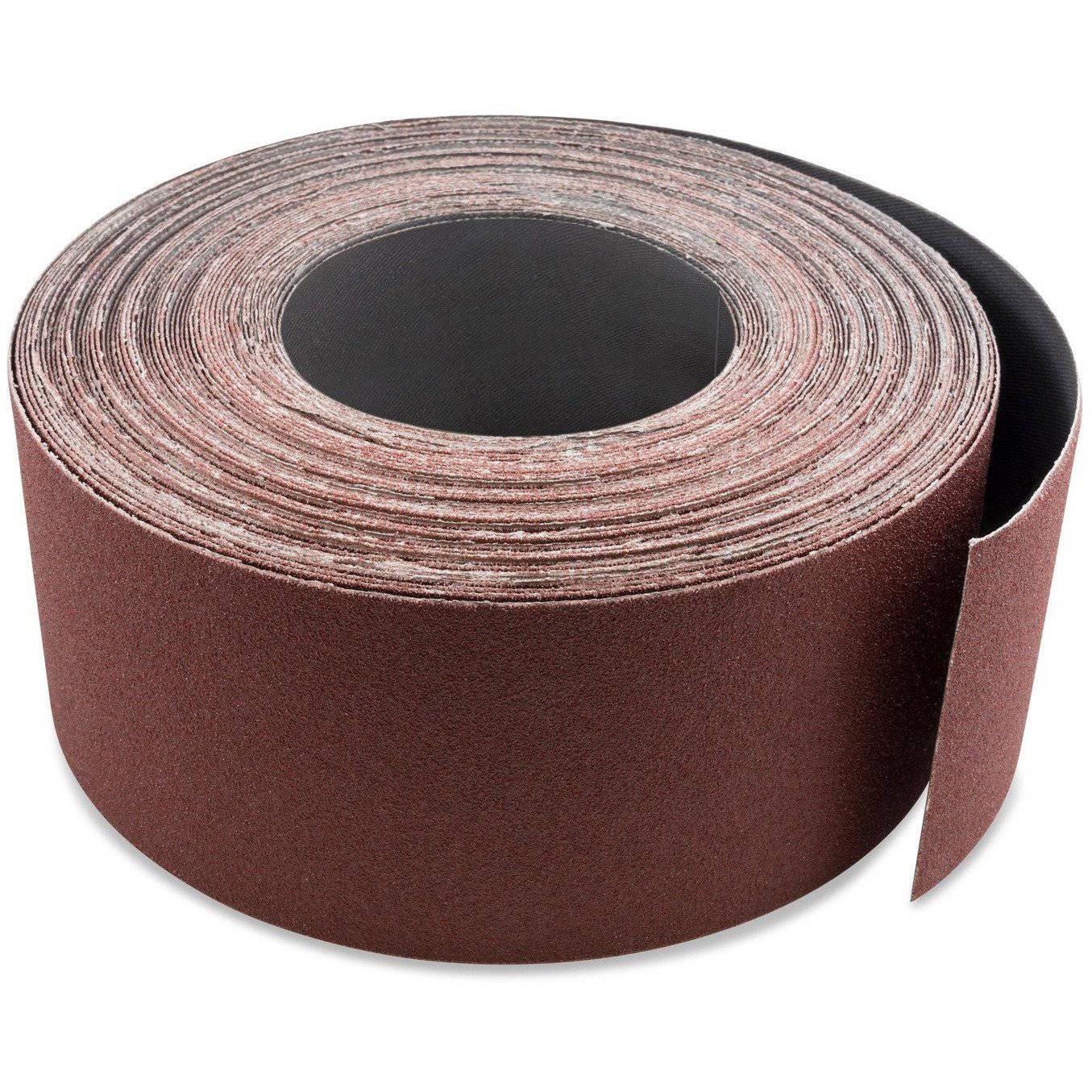
3 inch X 70 FT Woodworking Aluminum Oxide Cloth Drum Sander Strip Roll
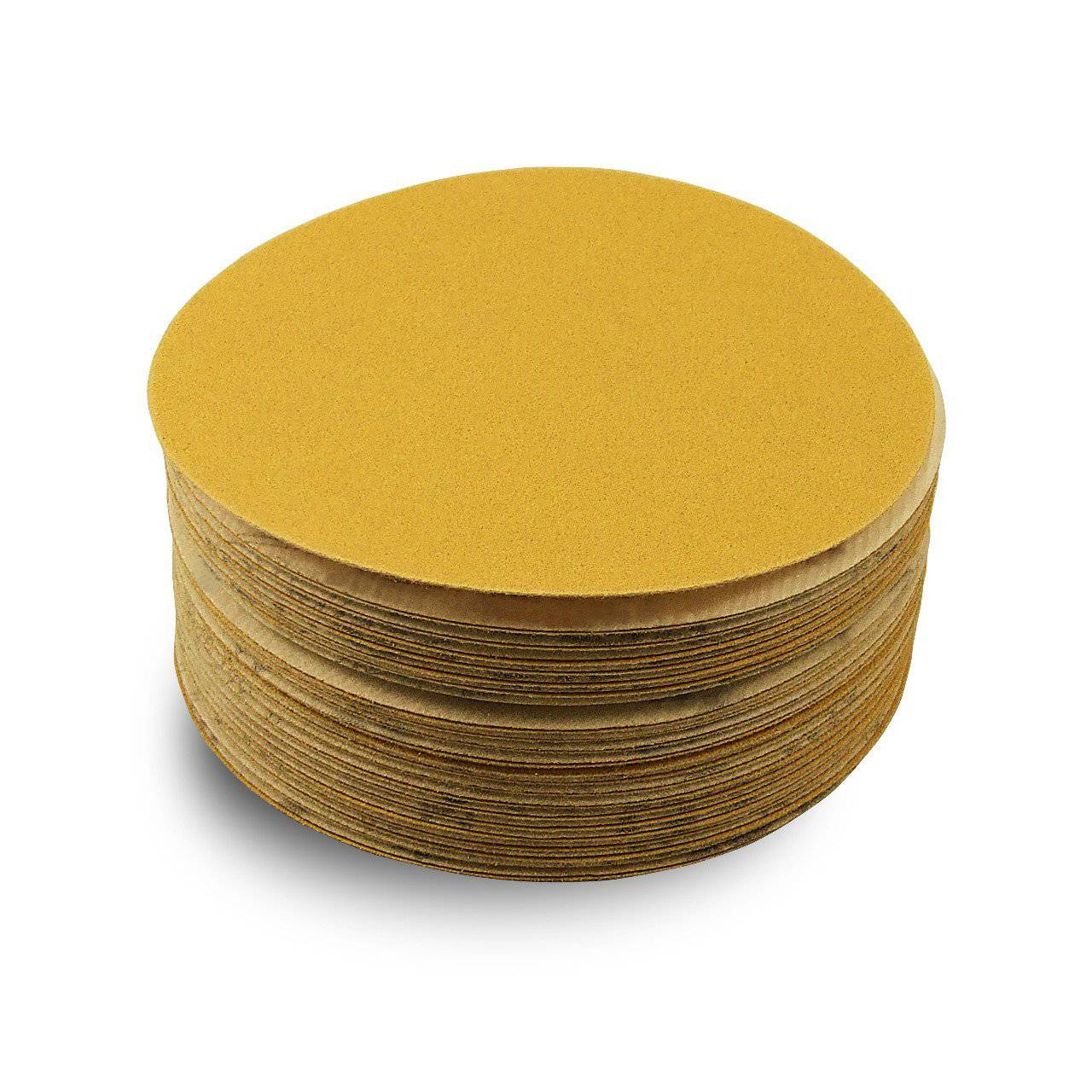
5 Inch Hook and Loop Gold Sanding Discs, 50 Pack
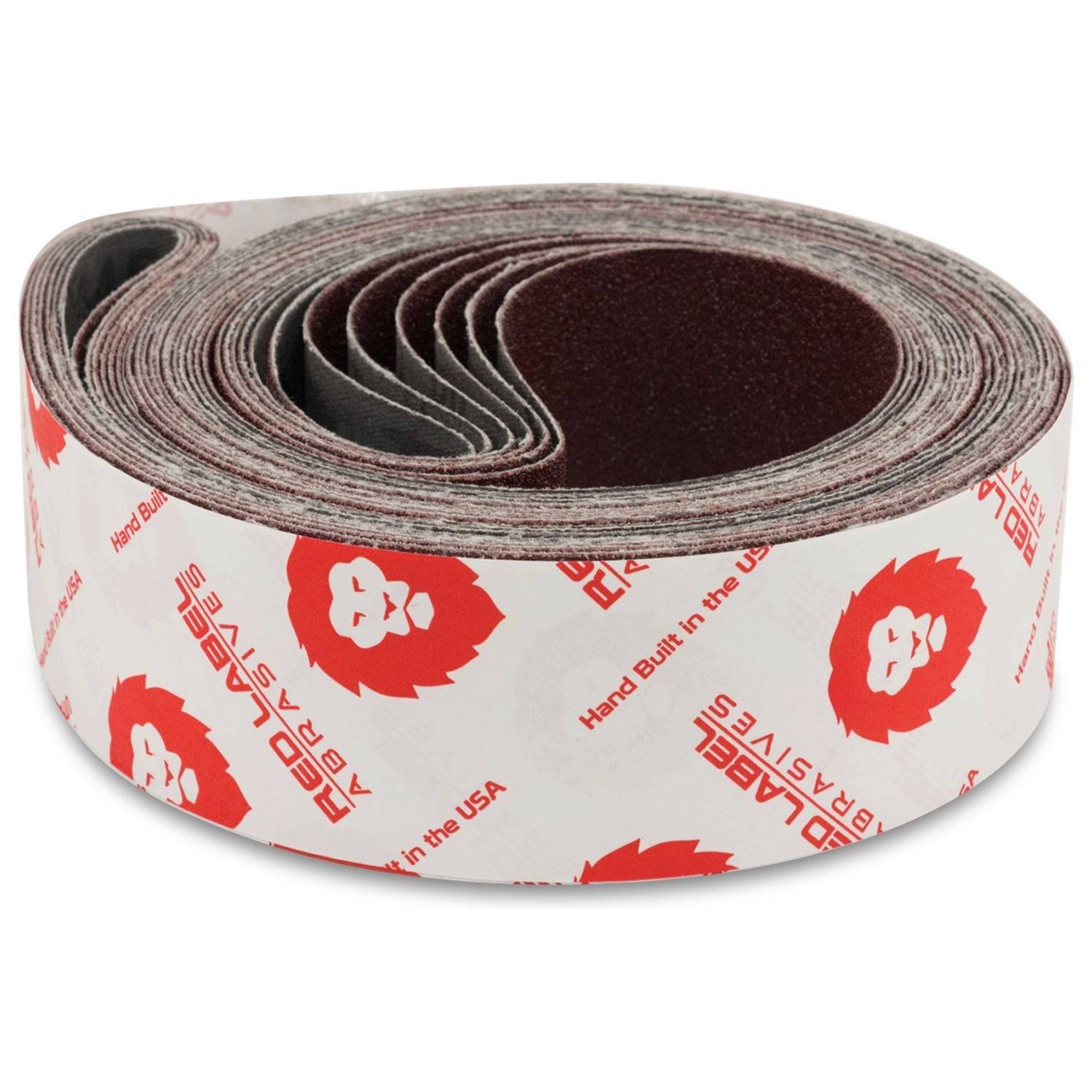
2 X 72 Inch Multipurpose Sanding Belts, 6 Pack
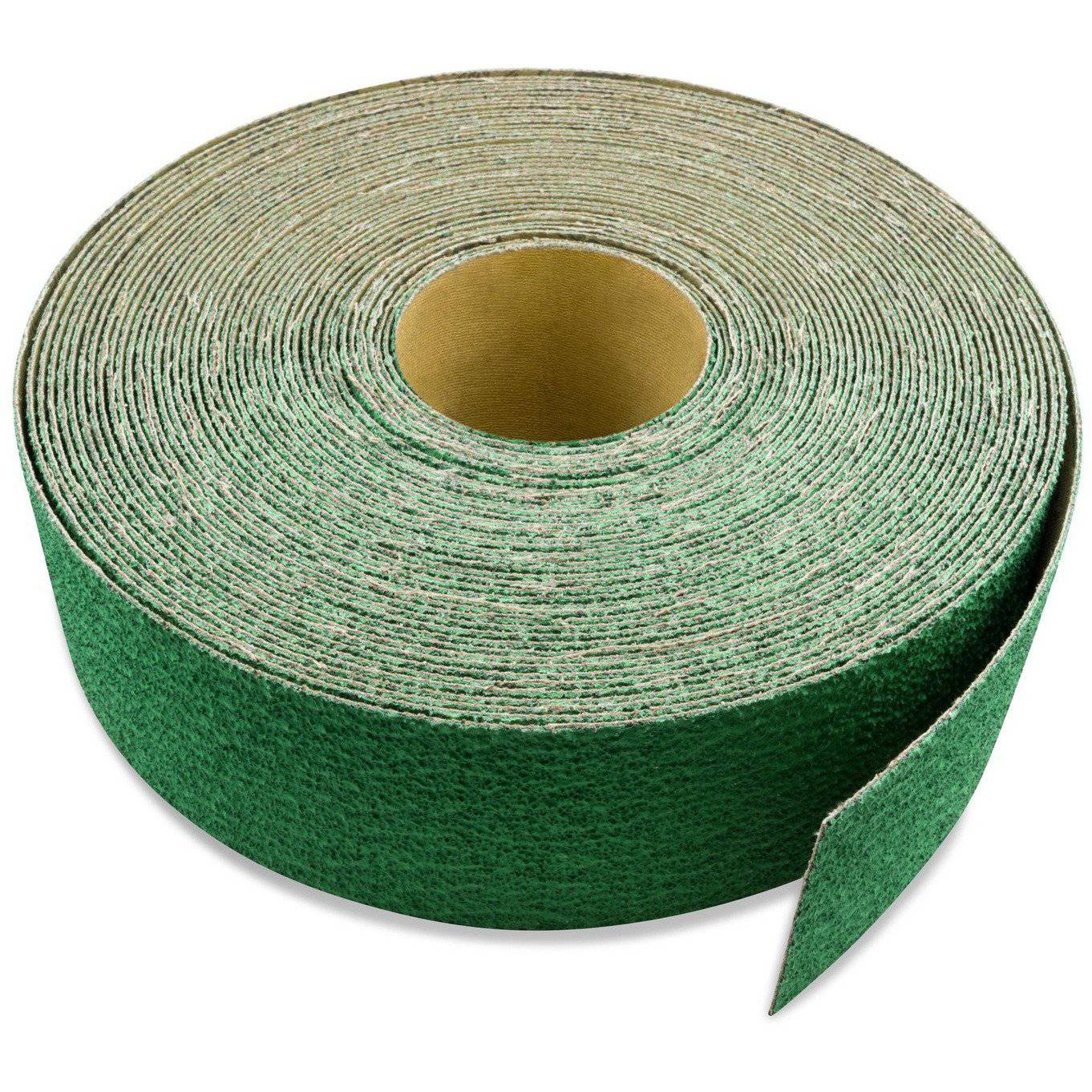
3 inch X 70 FT Premium Zirconia Woodworking Drum Sander Roll
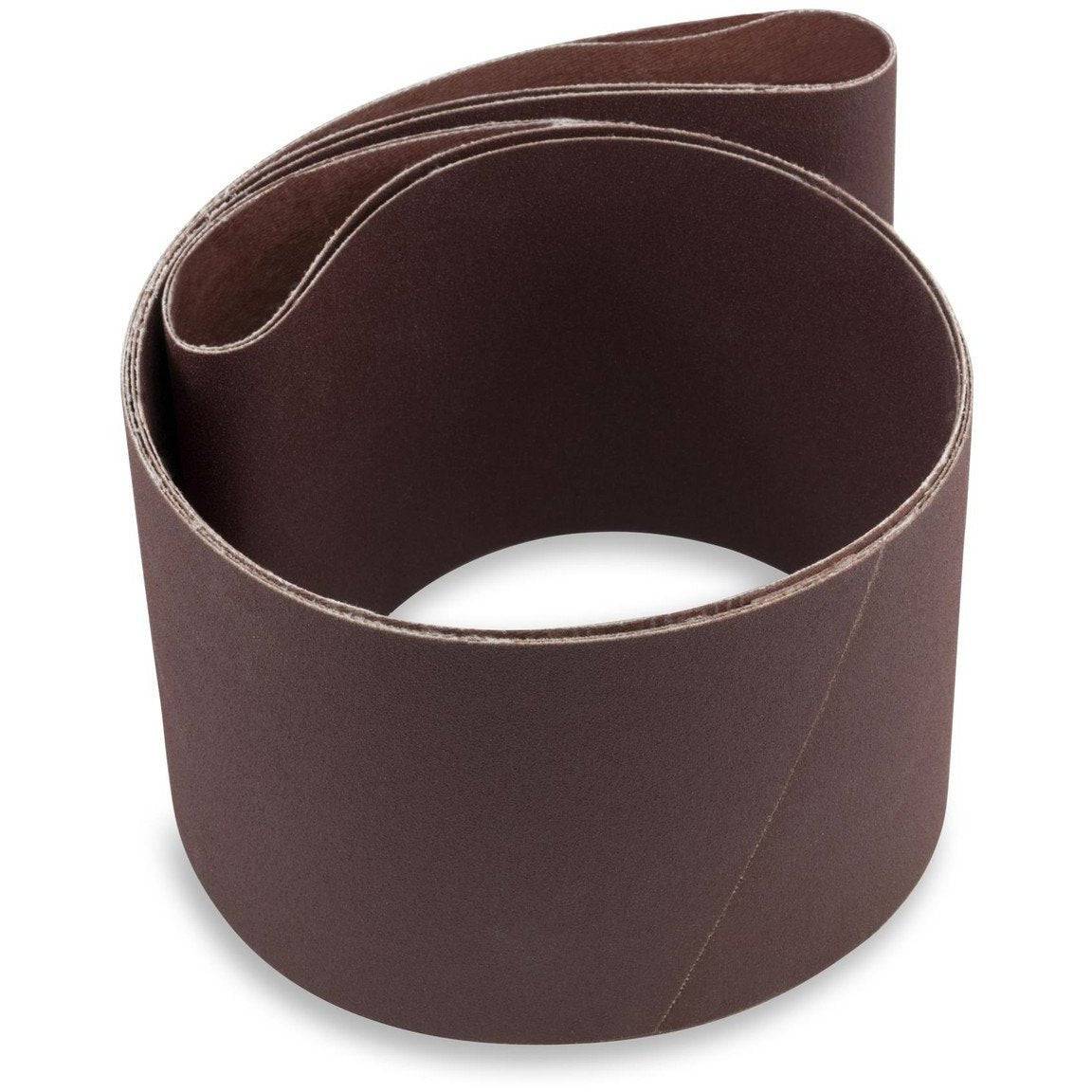
6 X 48 Inch Aluminum Oxide Wood & Non-Ferrous Sanding Belts, 2 Pack
Shop By Product Category





Why Choose Red Label?




